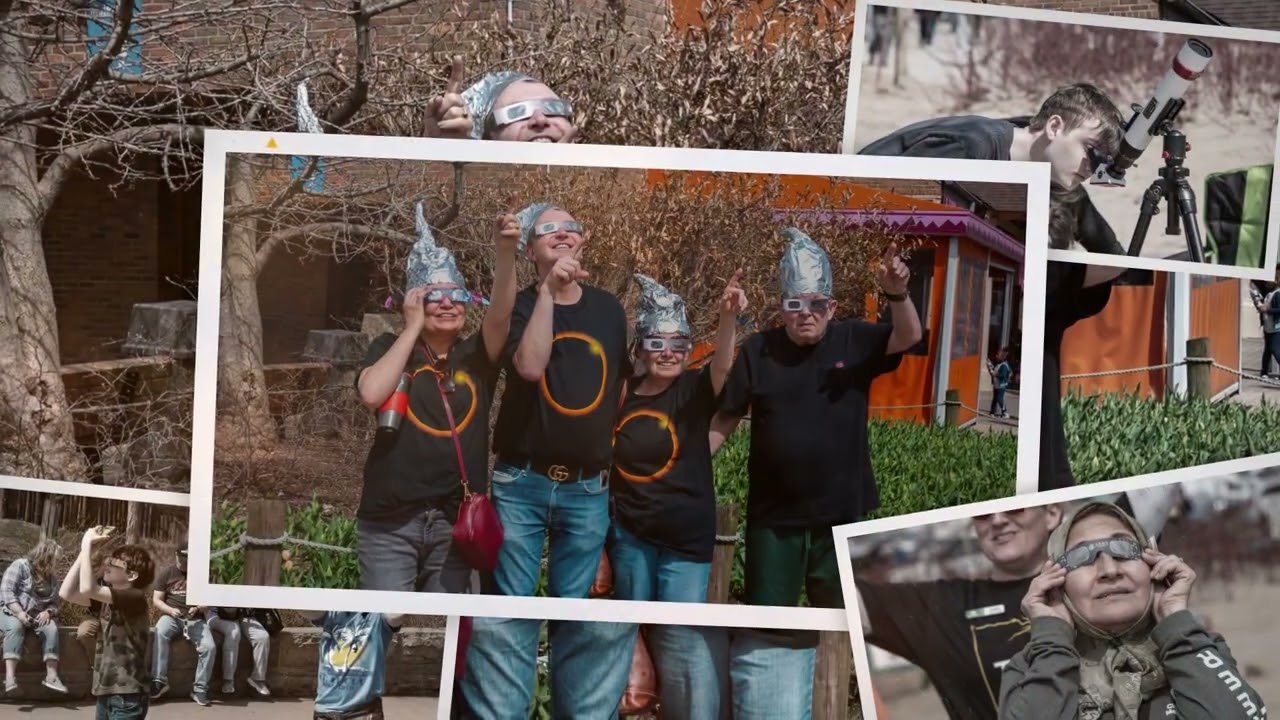– Exploring the impact of Total Solar Eclipse Photo Slideshow on wildlife behavior.
– The role of zoos and wildlife conservationists during celestial phenomena.
– Educational outreach and the significance of Total Solar Eclipse events for public engagement in zoology and environmental stewardship.
A Total Solar Eclipse presents a formidable spectacle that captivates audiences worldwide, transcending cultural and geographical boundaries. This astronomical event, where the moon passes between the Earth and the sun, completely blocking out the sun’s light briefly, offers more than just a stunning visual experience. It provides a rare opportunity for zoologists, zoo managers, and wildlife conservationists to observe unique animal behaviors and engage in deeper environmental education and conservation efforts.
Animal Behavior and Total Solar Eclipse
Animals exhibit unusual behaviors during a Total Solar Eclipse. This phenomenon can significantly disturb wildlife’s daily routines. Diurnal species might prepare for sleep, while nocturnal animals may awaken, confused by the sudden darkness. Birds, for example, often fall silent, and daytime insects might transition to their nighttime activities. This disruption provides zoologists invaluable insights into animal behavior, circadian rhythms, and how external cues trigger certain biological processes.
Zoos and conservation centers leverage these occurrences to spur scientific discovery and enhance our understanding of the natural world. Documenting the behaviors of captive animals during a Total Solar Eclipse Photo Slideshow adds to a growing body of research that could potentially uncover new facets of animal behavior and adaptability. This documentation not only enriches our scientific knowledge but also underscores the sensitivities of wildlife to changes in their environment, highlighting the need for comprehensive conservation strategies that consider these sensitivities.
The Role of Zoos and Wildlife Conservationists
Zoos and wildlife conservationists play a pivotal role before, during, and after a Total Solar Eclipse. Preparation for such an event involves not just logistical planning to accommodate an influx of visitors eager to witness the eclipse but also ensuring the well-being of the animals under their care. Some zoos take proactive measures by adjusting the lighting in enclosures or modifying feed times to mitigate animal stress during the eclipse.
Moreover, these institutions seize the Total Solar Eclipse as a teachable moment. By organizing educational exhibits, workshops, and guided viewing sessions, they transform this celestial event into a platform for conservation education. These initiatives stress the interconnectivity between astronomical events and terrestrial life, thereby fostering a greater appreciation for biodiversity and the importance of conserving natural habitats.
Educational Outreach and Significance
Total Solar Eclipse events also offer a golden opportunity for public engagement. By captivating the collective imagination, these phenomena make people more receptive to learning about scientific principles, wildlife conservation, and the impacts of environmental changes on animal behavior. Zoos and conservation organizations use Total Solar Eclipse Photo Slideshows to visually convey these messages, providing a direct connection between viewers and the natural phenomena being discussed.
Educational outreach extends beyond the confines of zoos and museums. Online platforms, social media channels, and virtual classrooms allow these messages to reach a global audience. This broad dissemination of knowledge contributes to building a more informed and environmentally conscious society. It elevates the importance of conservation efforts among scientists and environmentalists and the general public, encouraging people to take active roles in preserving natural habitats and supporting biodiversity.
Total Solar Eclipse Photo Slideshows are a potent tool for engagement, education, and conservation. They highlight the ethereal beauty of celestial phenomena while grounding viewers in the pressing realities of wildlife conservation and environmental stewardship. By exploring the intricate relationships between the cosmos and terrestrial life, these presentations challenge us to think more broadly about our place in the universe and our responsibilities to our planet.
In sum, the Total Solar Eclipse catalyzes scientific exploration, wildlife observation, and environmental education. Zoos, wildlife conservationists, and educators leverage this event to advance our understanding of animal behaviors, stimulate public interest in conservation issues, and inspire actions that support a sustainable future. Through comprehensive observation and educational outreach, they bridge the gap between celestial phenomena and terrestrial concerns, underscoring the importance of preserving our planet’s biodiversity against the backdrop of an ever-expanding universe.
*****
Source Description
All across the parks and zoo, Cleveland showed up! An absolute blast as the moon passed in front of the sun for just over four minutes. This was a once-in-a-lifetime event that we are beyond thrilled you all decided to spend with us!


